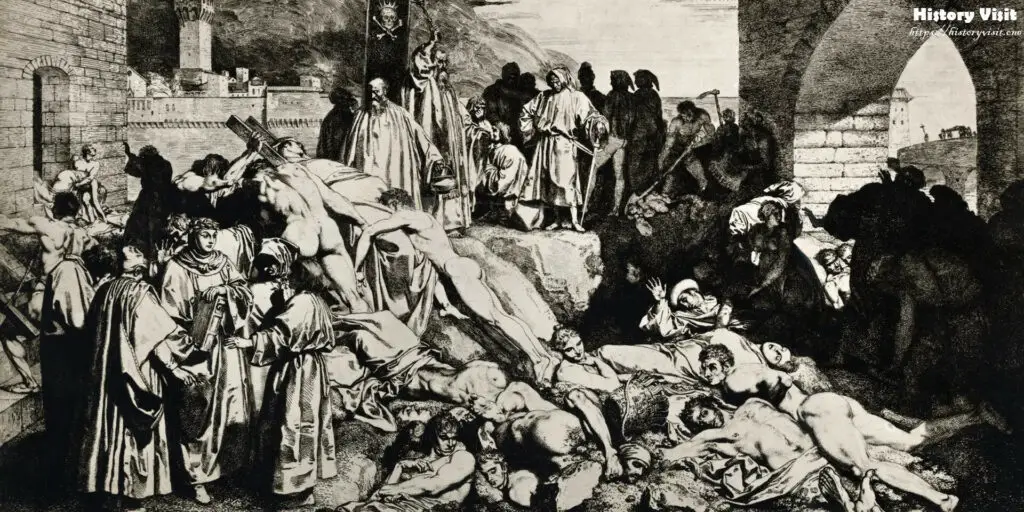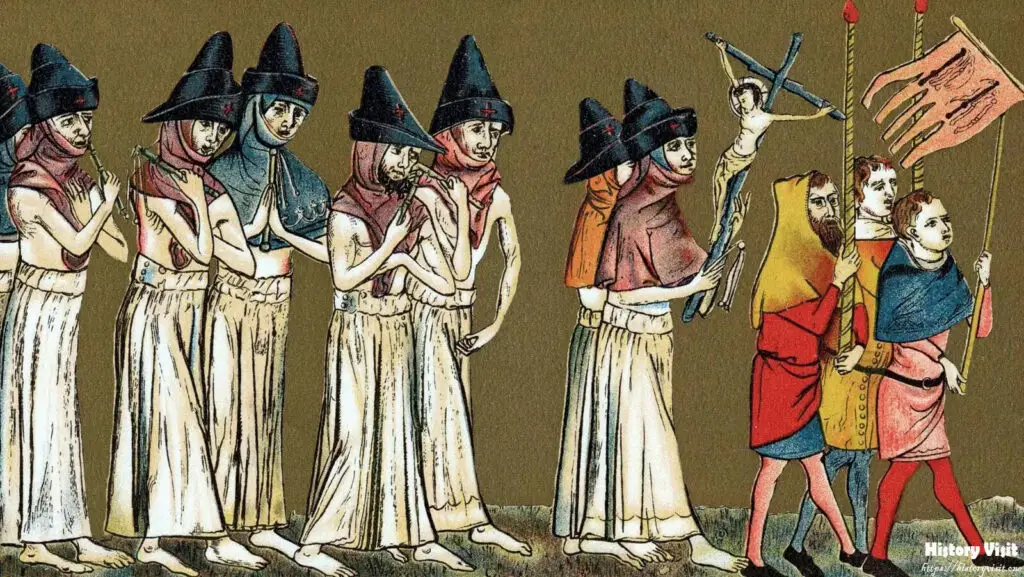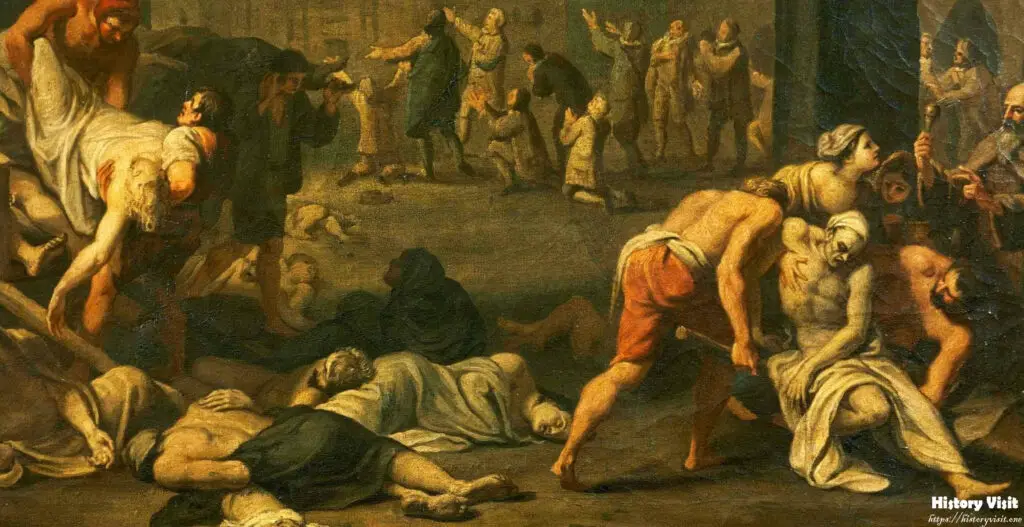How the Black Death Transformed Medieval Europe Forever

Introduction of Black Death
The Black Death, one of the most devastating pandemics in human history, swept through Europe between 1347 and 1351, leaving a profound and lasting impact on the continent. This catastrophic event not only decimated populations but also brought about significant social and economic transformations that reshaped medieval Europe. The immediate and long-term consequences of the Black Death set the stage for the gradual transition from feudalism to more modern economic and social structures.
Understanding the multifaceted impact of the Black Death requires examining its various dimensions, from the demographic changes and economic disruptions to the social upheavals and cultural shifts it triggered. By delving into these aspects, we can appreciate how a seemingly apocalyptic event paved the way for progress and transformation in European society. This article aims to explore the complex legacy of the Black Death, highlighting its role in shaping the trajectory of European history.
The story of the Black Death is not merely one of death and destruction; it is also a narrative of resilience, adaptation, and change. By examining the socioeconomic shifts brought about by the plague, we can gain insights into the dynamic interplay between catastrophe and progress, and how medieval Europe emerged from the shadow of the Black Death transformed and revitalized.
The Spread of the Black Death
The origins of the Black Death can be traced back to the plains of Central Asia, where the bacterium Yersinia pestis, responsible for the plague, first emerged. The disease spread westward along trade routes, carried by infected fleas on rats. By 1347, it had reached the Mediterranean ports of Europe, entering through cities like Constantinople and spreading rapidly across the continent. The interconnectedness of medieval trade networks facilitated the swift transmission of the plague, turning bustling urban centers into epicenters of disease.

As the Black Death swept through Europe, its impact was immediate and catastrophic. Cities and towns experienced staggering mortality rates, with some losing up to 60% of their populations. The rapid spread of the disease overwhelmed medical knowledge and resources of the time, leading to widespread panic and chaos. The lack of effective treatments and the mysterious nature of the plague only compounded the fear, contributing to the breakdown of social order in many areas.
The initial spread of the Black Death was characterized by waves of infection that struck repeatedly over several years. This persistent presence of the plague prevented many communities from recovering fully between outbreaks, exacerbating the demographic and economic impacts. The relentless advance of the disease transformed medieval Europe, leaving an indelible mark on its demographic and urban landscapes.
Demographic Changes
The demographic changes wrought by the Black Death were both profound and far-reaching. The sheer scale of mortality led to a dramatic decline in the population of Europe, with estimates suggesting that between 30% and 50% of the continent’s inhabitants perished. This unprecedented loss of life had immediate and long-term consequences for European society, altering population structures and growth patterns for generations.
In the short term, the massive reduction in population led to labor shortages across Europe. With fewer people to work the land, agricultural production plummeted, and many fields were left fallow. This disruption to food supply chains resulted in widespread famine and malnutrition, further compounding the social and economic crisis. The scarcity of labor also drove up wages, as landowners and employers competed for the limited workforce available, leading to significant shifts in economic power dynamics.
Over the long term, the population decline initiated by the Black Death set the stage for a gradual recovery and transformation. As the plague receded, surviving populations began to grow again, albeit at a slower pace. The demographic changes also spurred migration and urbanization, as people moved in search of better opportunities and living conditions. These shifts contributed to the weakening of feudal structures and the rise of new social and economic configurations that would shape the future of Europe.
Economic Impact

The economic impact of the Black Death was profound, touching virtually every aspect of medieval European life. One of the most significant consequences was the severe labor shortage caused by the high mortality rate. With a drastically reduced workforce, the traditional feudal economy, which relied heavily on serfdom and agricultural labor, began to crumble. Landowners found it increasingly difficult to maintain their estates, leading to the abandonment of less productive lands and a shift towards more profitable agricultural practices.
The labor shortage also led to a rise in wages and improved working conditions for surviving laborers. As demand for labor outstripped supply, workers gained greater bargaining power, allowing them to negotiate better terms with their employers. This shift in economic power marked a significant departure from the rigid hierarchies of the feudal system, contributing to its gradual decline and the emergence of a more market-oriented economy.
In addition to transforming the agricultural sector, the Black Death also had a profound impact on urban economies. The decline in population and the resultant labor shortages led to a contraction in trade and manufacturing, as cities struggled to maintain their economic activities. However, this period of economic disruption also paved the way for innovation and adaptation. Merchants and artisans began to explore new markets and production methods, laying the groundwork for the economic revival and growth that would characterize the late medieval and early modern periods.
Social Consequences
The social consequences of the Black Death were equally transformative, leading to significant shifts in social structures and class dynamics. The massive loss of life disrupted traditional social hierarchies, weakening the power of the nobility and increasing the influence of the lower classes. With the labor shortage driving up wages, peasants and serfs found themselves in a stronger bargaining position, leading to improved living conditions and greater social mobility.
One of the most notable social changes was the decline of serfdom. As labor became scarce and valuable, many serfs took advantage of the situation to negotiate their freedom or better terms of service. This shift contributed to the gradual erosion of the feudal system and the rise of a more fluid and dynamic social order. The weakening of feudal bonds also facilitated greater urbanization, as people moved to cities in search of economic opportunities and a better quality of life.
The Black Death also had a profound impact on community and family structures. The high mortality rate often led to the fragmentation of families and communities, as survivors struggled to cope with the loss of loved ones and the breakdown of social networks. This period of upheaval and dislocation prompted a reevaluation of social norms and values, leading to changes in marriage patterns, household structures, and community organization. The plague’s social consequences thus extended beyond the immediate crisis, reshaping the fabric of medieval European society in enduring ways.
Cultural and Psychological Effects

The Black Death‘s impact on medieval Europe extended beyond the social and economic spheres, profoundly affecting the cultural and psychological landscape of the time. The sheer scale of death and suffering led to significant changes in religious practices and beliefs, as people sought to make sense of the catastrophe and find solace in their faith. The plague prompted a surge in religious fervor, with many turning to prayer, penance, and charitable acts in an effort to appease divine wrath and seek protection from the disease.
Art and literature of the period also reflected the pervasive influence of the Black Death. The themes of death, mortality, and the transient nature of life became central motifs in artistic and literary works. The Danse Macabre, or Dance of Death, emerged as a popular artistic genre, depicting the universality of death and the inevitability of mortality. These cultural expressions served both as a means of coping with the trauma of the plague and as a reflection of the deep psychological impact it had on medieval society.
The psychological effects of the Black Death were profound and long-lasting. The constant presence of death and the breakdown of social order led to widespread fear, anxiety, and a sense of existential uncertainty. Many people experienced a crisis of faith, questioning the efficacy of religious institutions and the justice of a divine order that allowed such suffering. This period of psychological turmoil and introspection contributed to the emergence of new religious movements and philosophical perspectives, as individuals and communities sought to rebuild their lives and make sense of the world in the aftermath of the plague.
Conclusion
The Black Death, while a devastating and catastrophic event, ultimately played a crucial role in shaping the trajectory of medieval Europe. The profound demographic, economic, social, and cultural changes it triggered set the stage for significant transformations that would define the continent’s future. By examining the multifaceted impact of the plague, we can appreciate how medieval Europe emerged from this period of crisis and adaptation stronger and more dynamic.
The story of the Black Death is not just one of destruction but also one of resilience and progress. The labor shortages and economic disruptions forced societies to adapt and innovate, leading to the decline of feudalism and the rise of a more market-oriented economy. Social structures and class dynamics shifted, giving rise to greater social mobility and a more fluid social order. Culturally and psychologically, the plague left an indelible mark, influencing artistic and literary expressions and prompting profound shifts in religious and philosophical thought .In reflecting on the legacy of the Black Death, we can see how this seemingly apocalyptic event paved the way for the gradual transformation of medieval Europe. The socioeconomic shifts brought about by the plague set the stage for the Renaissance and the emergence of the modern world. The resilience and adaptability of medieval European society in the face of such a devastating crisis serve as a testament to the enduring capacity for human progress and transformation in the wake of catastrophe.
Visit here GAETANO CELLINI AND “HUMANITY AGAINST EVIL (L’UMANITÀ CONTRO IL MALE), 1908”: A SCULPTURAL ODE TO RESILIENCE


